ACCLIMATISE highlights

The average global temperature continues to climb
The environment changes in very little time
Ecosystems are altered, animals lose habitat
We have an increasing sense of dread at we watch the thermostat
Less rain, more heat, and weather events are more extreme
Looking at the IPCC report, doom & gloomy it will seem
But the ACCLIMATISE events have given us hope
With the great work people are doing, Earth just might cope
More droughts and bushfires, temperatures rise
To protect the planet, we need to ACCLIMATISE
During National Science Week, a suite of events supported by the Inspiring Victoria Program explored climate challenges and the search for creative, innovative solutions as we work towards a sustainable future for all life on Earth.
ACCLIMATISE began with a yarn from the first scientists and custodians of this Country, hosted by Inspiring Victoria and Inspiring the ACT. First Nations people have long lived in balance with nature, having taken care of this land for over 65,000 years. Bushfood grows naturally on this land and survives the tough Australian climate without the same resources needed by introduced crops, and Indigenous landowners, like Uncle Dave Wandin, are farming native bush foods. It’s delicious, nutritious, and sustainable.
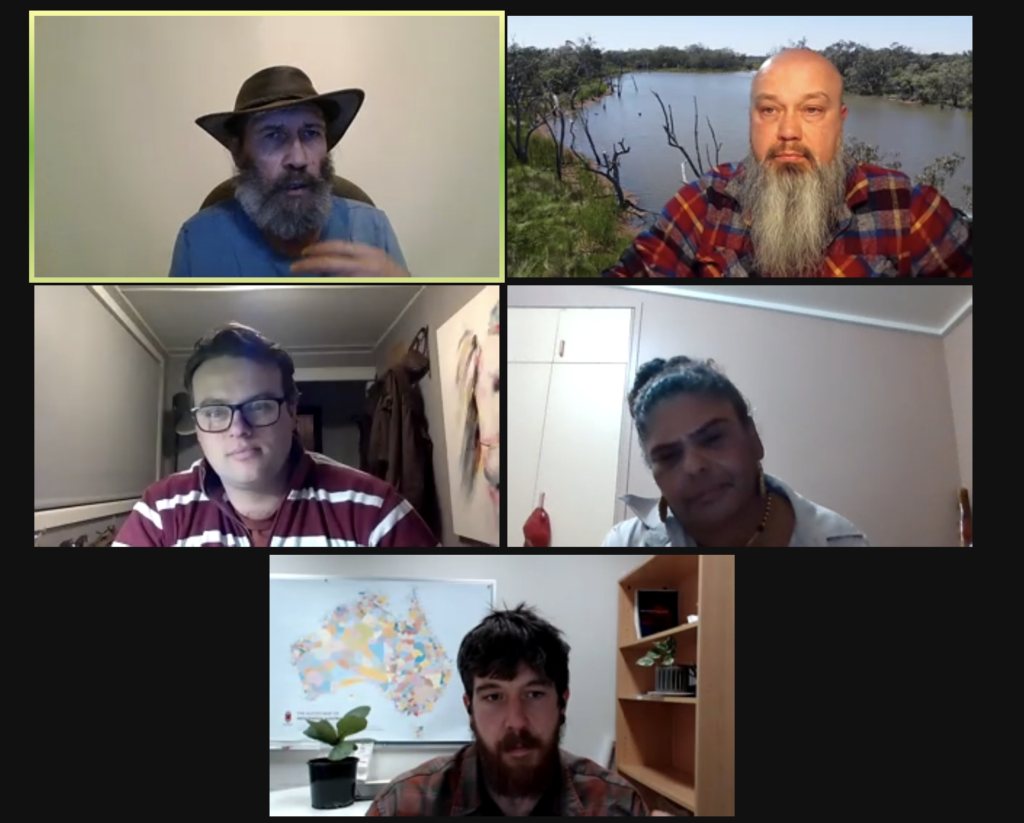
Aunty Kerrie Saunders shares bush tucker in her area, while Luke Williams formally studies its safety because, despite thousands of years of consumption, current food regulations do not recognise traditional knowledge as documented evidence of safe consumption. He is working to bridge this gap. Farmer and academic, Joshua Gilbert, however, warns that only 1-2% of revenue from bush foods returns to Indigenous communities. With over 6,500 native foods, we should be supporting their production in agriculture and fostering Indigenous farming practices.
Museums Victoria then invited households to consider what they can do for a thriving future in a changing climate. The average global temperature has risen by 1°C in the past century. While this might not seem like much given that weather fluctuates every day, just like our bodies, which remain at around 36-7°C, the planet’s temperature should remain stable, and it is now sick with a fever. Victoria is already experiencing symptoms: less rain and snow, warmer temperatures, and more days of extreme heat. We can all be doctors, helping to patch up the Earth. Museums Victoria asked participants to rethink how they travel, use electricity, and contribute to waste production because every bit counts.
We should also listen to First Nations people who are at the forefront of climate change solutions. Young, Indigenous voices are growing louder, calling for people to protect Our Treasured Earth. Country underpins their culture, sustains their livelihood, and entwined in their future. ‘It’s impacting my people right now,’ said Tish King, Community Organiser at Seed Mob. ‘Climate change is the environmental response to our behaviour’, added Djarra Delaney. ‘It is the planet communicating that we are impacting it negatively.’ Djarra and Tish are continuing to care for Country and inspiring action and leadership critical to address our climate crisis.
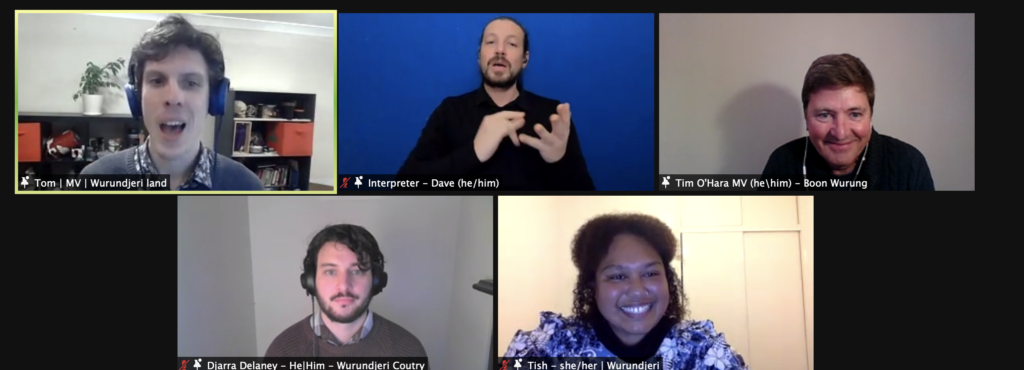
Messages around the climate crisis and other global challenges can be shared through stories. Dr Angela Savage, CEO of Public Libraries Victoria, led a discussion with scientists and writers about how story and science can be woven together to convey powerful messages. While people might not necessarily be receptive to being bombarded with facts and figures, fiction opens new possibilities and removes the “scariness” of tackling science.

Something that often accompanies stories are illustrations. Nature illustrations are ancient – from Indigenous rock art and cave paintings to medieval manuscripts and sketches. While we can now snap photos of wildlife, illustrations were once the only way to depict visual information species. A panel hosted by State Library Victoria discussed natural history illustrations, with a particular focus on the work of Elizabeth Gould, who often went unrecognised given that her work was often attributed to her naturalist husband in his books – a thorny issue for women in science.

It is all very well to represent biodiversity in pictures, but what biodiversity we have is decreasing as we push animals to the brink of extinction. Zoos Victoria warns that we are in the sixth mass extinction, one caused by humans. Amphibians are in the thick of it with over 3,700 species threatened with extinction due to invasive species, infectious disease and an increase in intensity and frequency of bushfires. One of the species the team at Zoos Victoria is working hard to protect is the Baw Baw Frog; now with an estimated wild population of fewer than 500, they are relying on the help of monitoring programs and citizen scientists to prevent their extinction.
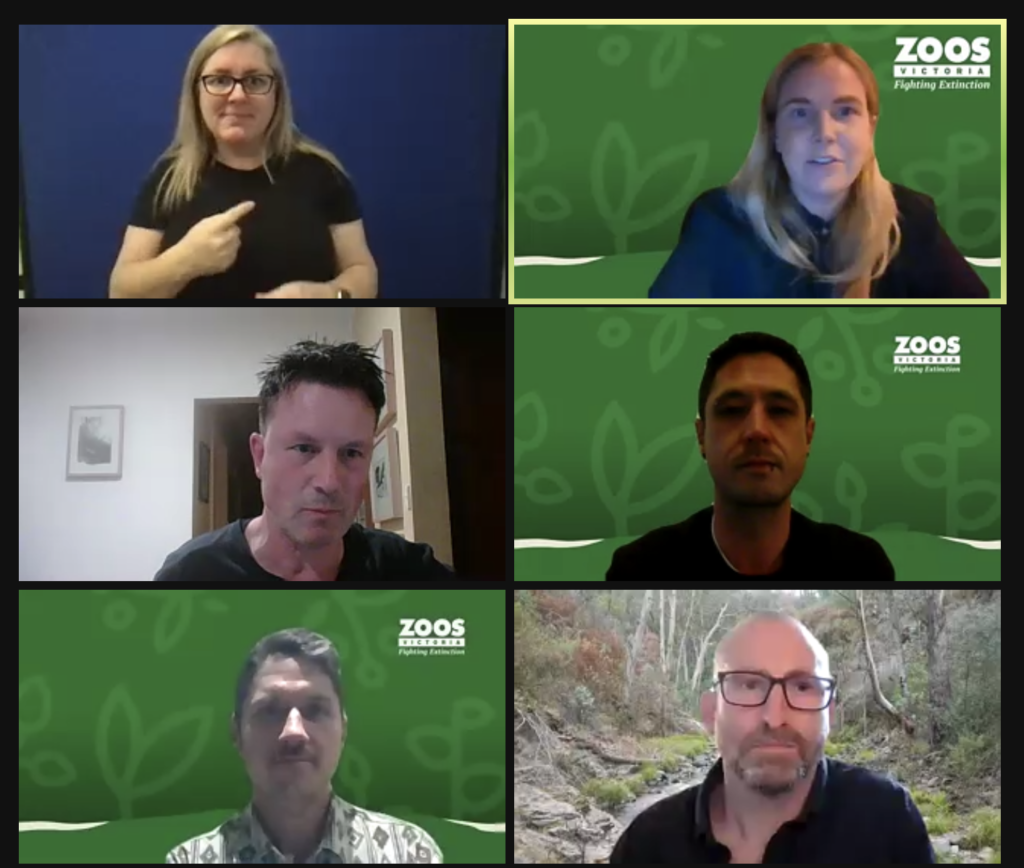
Meanwhile, marine scientists at Phillip Island Nature Parks are creating a safe habitat for Little Penguins and Australian Fur Seals that call Phillip Island their home. Land-based problems trickle into rivers and oceans, influencing temperatures, wind and currents. ‘The whole warming of our planet starts with the oceans,’ says Associate Professor Andre Chiaradia, as 90% of global warming is absorbed by the ocean. The ocean off the corner of Victoria has risen by 2.6°C, negatively impacting breeding and feeding behaviours of penguins as fish move away to find colder water, leading to a population decline, and forcing seals to move further south to survive.
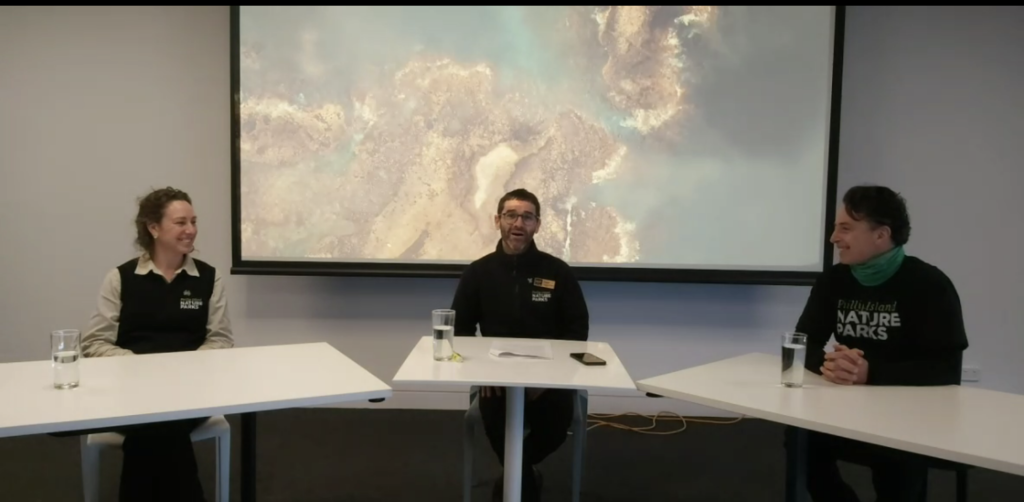
The ‘zoo of trees’ at Royal Botanic Gardens, that was established in 1845, also needs to adapt to still bloom in 2070 or 2090. Whatever was planted over 100 years ago influences the microclimate, architecture and plants in the gardens today, and so tree species now are carefully considered. Some plants will not survive the future climate while others will thrive. Horticulturalists like Clare Hart are adapting the landscape to be resilient. She and others at the Royal Botanic Gardens are founding members of the Climate Change Alliance that works across the globe to exchange ideas (and plant seeds) to ensure that botanic gardens are climate-adapted.
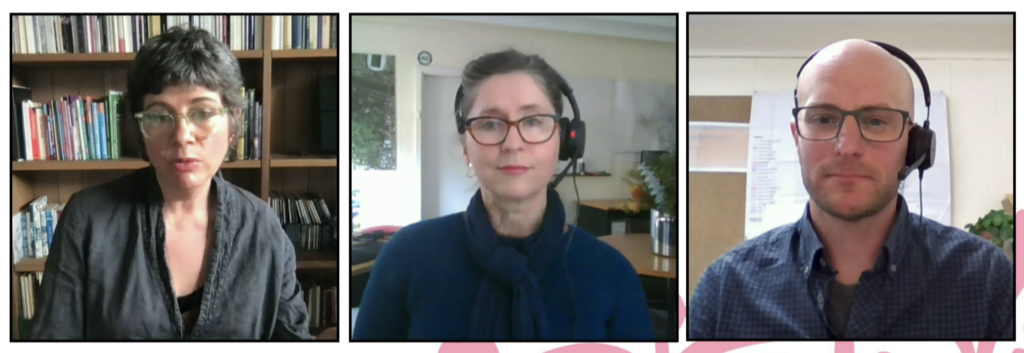
Author and climate activist, Sophie Cunningham, led a discussion with Royal Botanic Gardens staff, highlighting the importance of plants and fungi. Charlie Carrol, Manager of Arboriculture, described the benefits of trees – creating attractive landscapes for recreation, and providing habitats for wildlife and shade for us. Mycologist Tom May also shared the importance of fungi to the “wood wide web”, forming partnerships with plant roots to exchange nutrients and breaking down dead organisms to return elements back to the environment. Fungi can also be used to build bricks, provide fire-resistance to building interiors, as food packaging (instead of plastic) and as clothing fabric in addition to food and medicine – they are very versatile and sustainable.
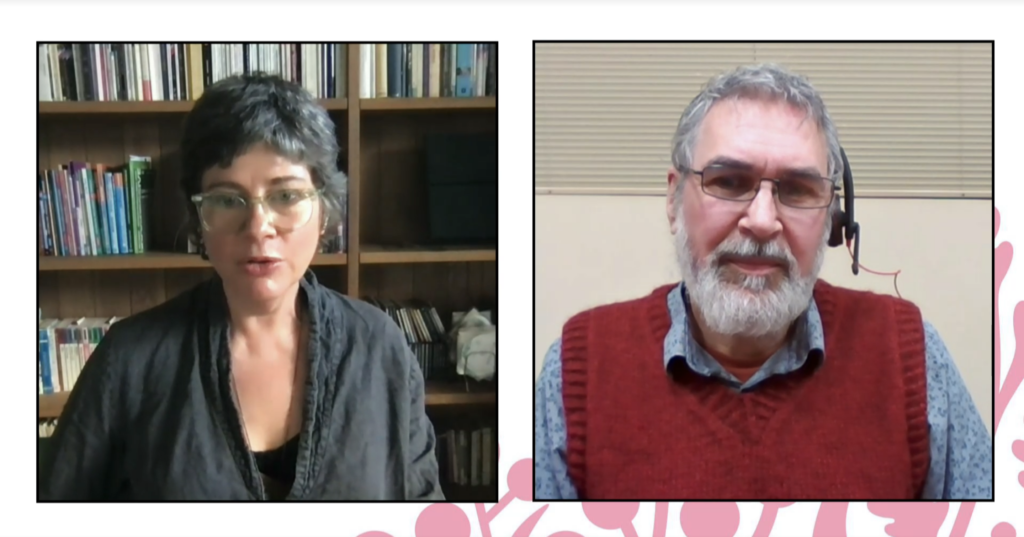
Finally, ACCLIMATISE drew to a close with a panel hosted by Parliament of Victoria. Dr Ken Walker (Museums Victoria), Dr Sally Sherwen (Zoos Victoria) and Professor Tim Entwisle (Royal Botanic Gardens) spoke about what their respective organisations are doing behind the scenes to protect Victorian flora and fauna in the face of climate change. The 2019-2020 bushfires pushed many species over the edge: many animals and insects died immediately or in the aftermath, and many plants were reduced to char. But the Royal Botanic Gardens replanted trees that they had grown in their nursery to quickly restore habitats, Zoos Victoria rescued and bred animals, and Museums Victoria is carefully monitoring insect populations to ensure they return.
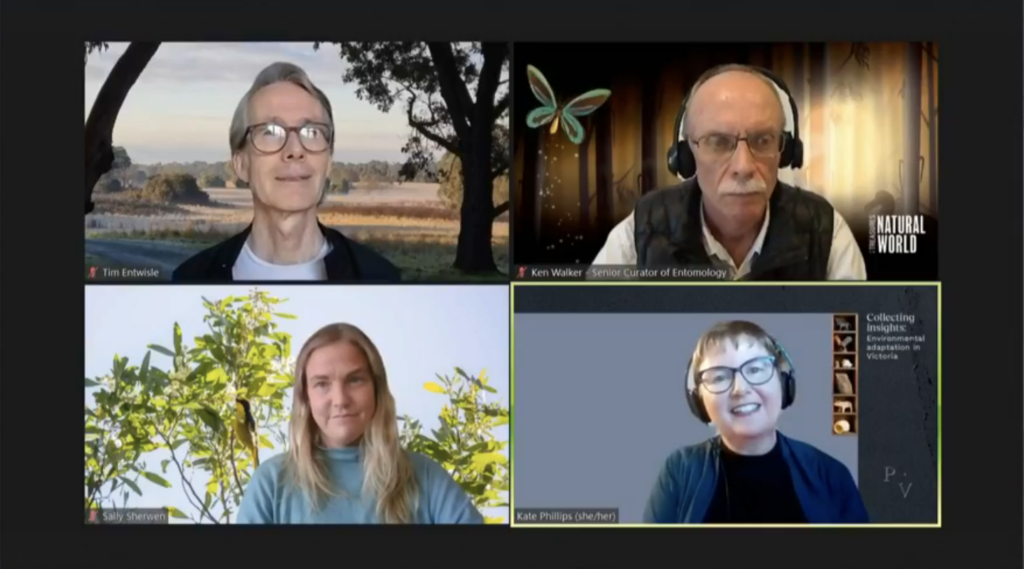
While climate change is a great cause for concern, there are many organisations here in Victoria working tirelessly to protect the environment. They call on us to help as citizen scientists, so that we can track the distribution of native flora and fauna, grow plants that aid pollinators, and think about how our actions impact the land and seas.
